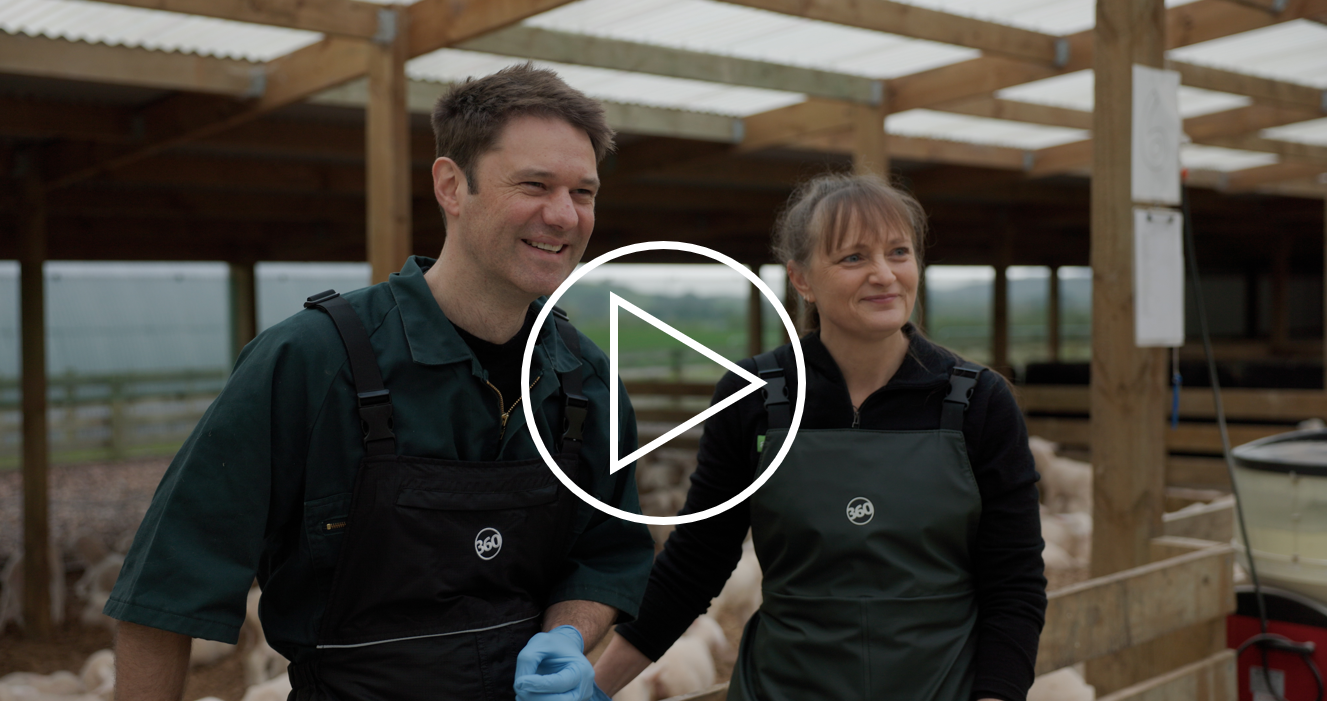Abomasal bloat is caused by a build-up of bad bacteria in the stomach (abomasum).
Clostridium perfringins type A and species of Sarcina bacteria have been found in the stomachs of affected animals.
The sugars found in the milk ferment as the bacteria multiply, creating excess gas production. Also, the stomach becomes more acidic which is damaging to good bacteria. Bloat occurs because the gas cannot escape the abomasum. Sadly, death is rapid and unpleasant.
Lambs and kid goats with abomasal bloat will have a swollen belly and will be dull and lethargic. Abdominal pain (colic) and teeth grinding (sign of pain) is common. Onset can be rapid, within 30 minutes of feeding and sometimes death is the first sign (i.e. found dead).
Risk factors
- Occurs most commonly at 2-4 weeks of age.
- Poor hygiene (e.g. when bottles/teats and other milk feeding equipment include automatic feeder hoses are not kept clean). Regardless of milk feeding system, good sanitation is a must for all equipment.
- Cheap or poor-quality milk replacers (milk replacers based on milk proteins - not plant based proteins – are recommended as the protein in skim milk (casein) is slowly released vs. the protein in whey which is fermented more rapidly).
- Clostridial bacteria have been implicated in abomasal bloat so vaccination for clostridial perfringins type C & D is recommended (based on US literature).
Risk factors
- Overfeeding (larger quantities than recommended) or infrequent milk feeding e.g. twice daily.
- Incorrect mixing ratios of the milk replacer. Mix according to label instructions as diluted milk can cause lambs to gorge, especially on automatic feeders.
- Feeding milk that is too hot or cold. Milk replacer should be fed at 38°C. When Sarcina bacteria are present feeding cold milk can help.
- Feeding too rapidly (e.g. when teats are damaged or have a large hole).
Tips for preventing bloat
- Always follow good hygiene practices.
- Avoid overfeeding.
- Add probiotics, ideally from a quality probiotic supplement such as Bio-support to the milk.
- Milk can also be yoghurtised by adding one packet of probiotic natural yoghurt powder to 10L of warm milk. Keep the mix in a bucket with a lid at 38°C (e.g. in hot water cupboard) until the mixture thickens, and then keep in the fridge for up to 7 days. Add this mix to the milk at a ratio of 1:7 (1-part yoghurt to 7-parts milk) and feed cold (room temperature). Yoghurt milk should not be introduced until after 7 days of age.
Treating abomasal bloat
- Contact your vet for further advice.
- Dissolve as much baking soda as possible in 10ml of water and administer orally (e.g. with a syringe). This helps to neutralize the acid.
- Deflation and de-rotation of the abomasum could be attempted by your vet by piercing the abomasum with a needle under local anesthetic.


